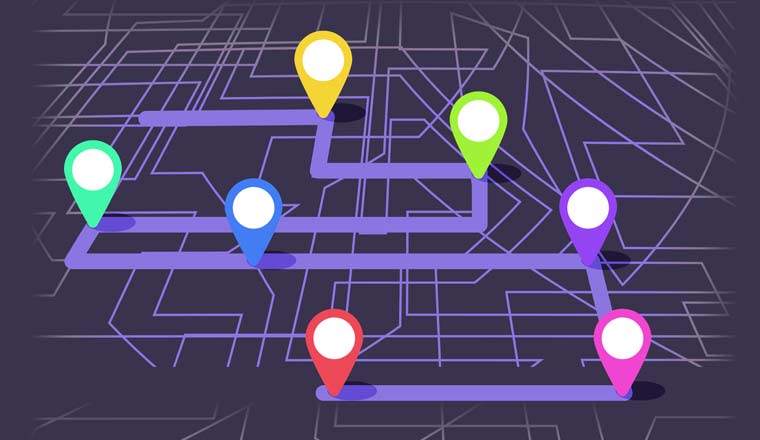Tools and Techniques for Detailed User Journey Maps
Introduction
A user journey map is a visual representation of the steps a user takes while interacting with a product or service. It helps businesses understand the user’s experience, identify pain points, and make improvements to enhance user satisfaction. Creating a detailed user journey map requires the use of specific tools and techniques that enable businesses to gain valuable insights. In this article, we will explore some of the top tools and techniques for creating detailed user journey maps.
1. Persona Development
Before diving into creating a user journey map, it is crucial to develop user personas. User personas represent fictional characters that embody the characteristics, goals, and behaviors of your target audience. Tools like Xtensio, Persona Creator, or even simple templates in PowerPoint can be used to create personas that align with your target audience.
2. Empathy Mapping
Empathy mapping helps businesses understand the emotions, thoughts, and behaviors of their users. It involves creating a visual representation of the user’s perspective. Tools like Miro, Mural, or even a whiteboard can be used to create empathy maps. These tools allow teams to collaborate and gather insights from various stakeholders.
3. User Flow Diagrams
User flow diagrams illustrate the path a user takes to complete a specific task or goal. Tools like Lucidchart, Gliffy, or even simple pen and paper can be used to create user flow diagrams. These diagrams help identify potential bottlenecks or areas where users might get confused or frustrated.
4. Customer Journey Mapping
Customer journey mapping focuses on the entire end-to-end experience a customer has with a business. It involves mapping out touchpoints, emotions, and interactions at each stage of the customer journey. Tools like Smaply, UXPressia, or even PowerPoint can be used to create customer journey maps. These tools provide pre-designed templates and allow for easy collaboration.
5. User Research

User research is a crucial technique for creating detailed user journey maps. It involves gathering qualitative and quantitative data about user behavior, preferences, and pain points. Techniques like interviews, surveys, usability testing, and analytics tools like Google Analytics or Hotjar can provide valuable insights for creating accurate
Summary
User journey maps provide a holistic view of the user experience, allowing businesses to gain valuable insights into user behavior, needs, and expectations. By mapping out each step of the user journey, organizations can identify areas for improvement and implement targeted solutions to enhance the overall user experience. In this blog post, we have discussed several tools and techniques that can be utilized to create detailed user journey maps:
- Persona Development: Before creating a user journey map, it is crucial to understand the target audience. Developing user personas helps in identifying user goals, motivations, and pain points, which can then be incorporated into the journey map.
- Empathy Mapping: Empathy maps allow businesses to gain a deeper understanding of user emotions, thoughts, and behaviors at each stage of the journey. This technique helps in identifying opportunities for improving user satisfaction and engagement.
- User Interviews and Surveys: Conducting interviews and surveys with real users provides valuable qualitative and quantitative data that can be used to validate and refine the user journey map. These insights help in creating a more accurate representation of the user experience.
- User Flow Diagrams: User flow diagrams visually represent the steps and interactions a user takes to achieve a specific goal. These diagrams help in identifying potential bottlenecks or areas where users may get confused or frustrated.
- Storyboarding: Storyboarding involves creating a visual narrative of the user journey, incorporating key touchpoints and interactions. This technique helps in understanding the user’s context and emotions throughout the journey.

Welcome to my website! I’m Harrison Probert, a passionate and experienced Digital Marketing Manager specializing in Behavioral Psychology, Conversion Rate Optimization (CRO), User Behavior, Persona Development, and Site Usability. With a deep understanding of human behavior and a keen eye for data-driven strategies, I strive to create impactful digital experiences that drive results.

